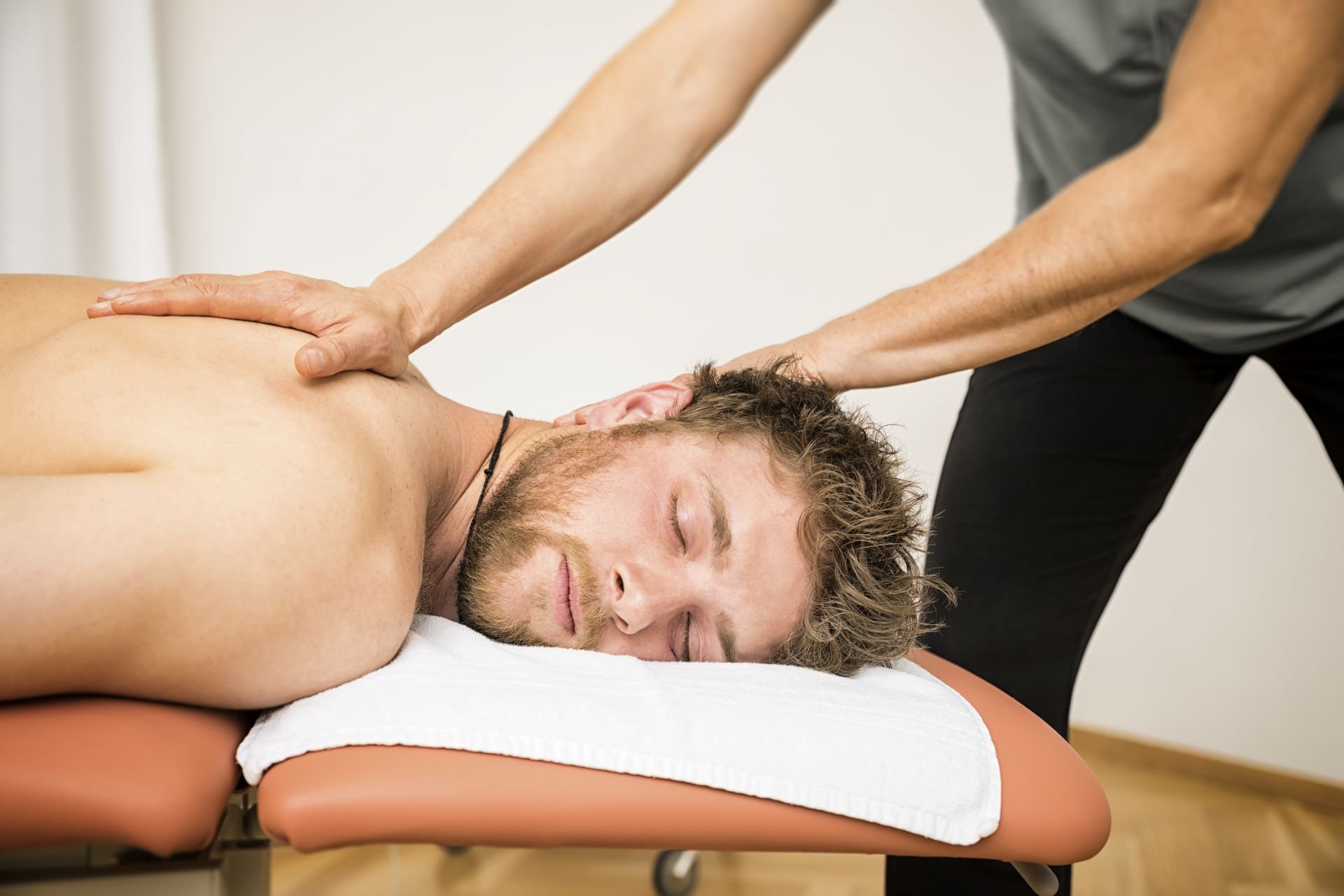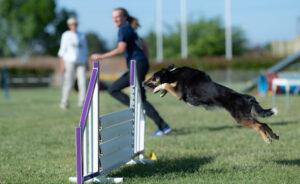Physical Address
304 North Cardinal St.
Dorchester Center, MA 02124

Massage therapy for athletes helps improve athletic performance, prevent injuries, and aid in recovery from training. It is a valuable tool for athletes to enhance flexibility, relieve muscle tension, and reduce muscle soreness to optimize their physical and mental well-being.
As an athlete, maintaining proper physical condition is crucial for optimal performance and minimizing the risk of injury. Massage therapy provides various techniques and benefits that can be tailored to meet the specific needs of each individual athlete. Whether it is deep tissue massage to target tight muscles, sports massage to improve flexibility and circulation, or trigger point therapy to release muscle knots, massage therapy plays a vital role in optimizing an athlete’s performance and well-being.
This article explores the benefits of massage therapy for athletes and why it should be incorporated into an athlete’s training regimen.
Massage therapy plays a crucial role in the routine of athletes, helping them achieve optimal performance and recover from intense physical activity. These treatments have become a staple in the athletic community due to their numerous benefits, both before and after sporting events.
Prior to their big competition or game, athletes often turn to massage therapy as part of their pre-event preparation. This type of massage focuses on warming up and preparing the muscles for intense activity. The benefits of pre-event massage include:
Once the competition is over, massage therapy becomes a crucial part of the athlete’s recovery process. Post-event massage helps the body recover faster by assisting in the elimination of metabolic waste, promoting healing, and reducing muscle soreness. Its benefits include:
Athletes push their bodies to the limit, requiring special care to recover and prevent injuries. Massage therapy offers a range of techniques specifically designed to address the needs of athletes. These techniques help enhance performance, reduce muscle soreness, and speed up recovery. In this article, we will explore three popular types of massage techniques for athletes: Swedish Massage, Deep Tissue Massage, and Sports Massage.
Swedish Massage is one of the most commonly performed massage techniques. It combines various movements such as gliding, kneading, and tapping to promote relaxation and increase blood flow. This type of massage promotes circulation, reduces muscle tension, and helps athletes relax both physically and mentally. Swedish Massage is an excellent choice for athletes seeking a gentle yet effective massage.
Deep Tissue Massage focuses on the deeper layers of muscles and connective tissues. Using firm pressure and slow strokes, therapists target specific areas of tension and discomfort. This technique is particularly beneficial for athletes recovering from injuries or suffering from chronic muscle pain. Deep Tissue Massage helps break up scar tissue, improve flexibility, and enhance overall mobility.
Sports Massage is specifically designed to meet the needs of athletes before, during, and after sports events. This type of massage combines techniques from Swedish Massage and Deep Tissue Massage, along with other specialized techniques. Sports Massage helps athletes warm up before activity, prevent injuries, alleviate muscle soreness, and aid in their post-event recovery. It is an essential tool for athletes of all levels to maintain optimal performance.
Overall, the three types of massage techniques discussed in this article: Swedish Massage, Deep Tissue Massage, and Sports Massage, each offer unique benefits to athletes. Whether an athlete is looking for relaxation, muscle rehabilitation, or enhanced performance, there is a massage technique suitable for their needs. By incorporating regular massage therapy into their training regimen, athletes can optimize their physical well-being and achieve peak performance.
Athletes push their bodies to the limit, subjecting themselves to rigorous training and intense physical activity. This can put a strain on their muscles, joints, and ligaments, increasing the risk of injury. Massage therapy plays a crucial role in both preventing injuries and aiding in the rehabilitation process for athletes.
Regular massage therapy can help athletes maintain flexibility, improve circulation, and reduce muscle tension, ultimately lowering the likelihood of sustaining an injury during physical activity. By addressing areas of tightness and promoting better range of motion, massage therapists can assist athletes in preventing common overuse injuries such as strains and sprains.
For athletes who have suffered injuries, massage therapy can be a vital component of their rehabilitation process. Through targeted techniques, therapists can help reduce inflammation, alleviate pain, and enhance the body’s natural healing response. Additionally, massage therapy aids in restoring mobility and function to injured muscles and soft tissues, allowing athletes to return to their training and competition with minimized downtime.

Credit: www.ayurheritage.ae
Athletes can greatly benefit from integrating massage therapy into their training programs. It plays a crucial role in optimizing performance and enhancing recovery, consequently improving overall athletic outcomes.
Challenges and Considerations in Massage Therapy for Athletes
Athletes often face unique challenges that require tailored massage therapy solutions. By understanding these challenges and considering individual athlete needs, massage therapists can optimize treatment outcomes and support peak performance.
Misconception: Massage therapy is only for relaxation.
Assessment: Thorough evaluation of athlete’s goals, injuries, and training regimen.
Massage therapy for athletes is a method to enhance performance, prevent injuries, and promote recovery. It improves circulation, reduces muscles tension, and aids in relaxation. The therapy targets specific areas and uses various techniques to address the athlete’s needs.
Yes, massages are worth it for athletes. They can improve performance, increase flexibility, reduce muscle soreness, prevent injuries, and promote faster recovery. Regular massages can enhance overall athletic performance and help athletes reach their full potential.
Athletes should get massages regularly to aid in their performance and recovery. The frequency of massages depends on individual needs and training intensity. Some athletes may benefit from weekly massages, while others might require them more frequently. A massage therapist or sports medicine professional can provide guidance on the optimal frequency for each athlete.
Deep tissue massage should be avoided in athletes with acute injuries or severe pain. It’s not suitable for those with certain medical conditions or inflammation. Additionally, if the athlete experiences discomfort during the massage, it’s best to avoid deep tissue techniques.
Incorporating regular massage therapy into an athlete’s wellness routine can significantly improve performance and aid in injury prevention. The benefits, including enhanced flexibility, reduced muscle soreness, and increased blood circulation, are too substantial to ignore. By prioritizing self-care and recovery through massage, athletes can achieve their optimal physical and mental well-being.

